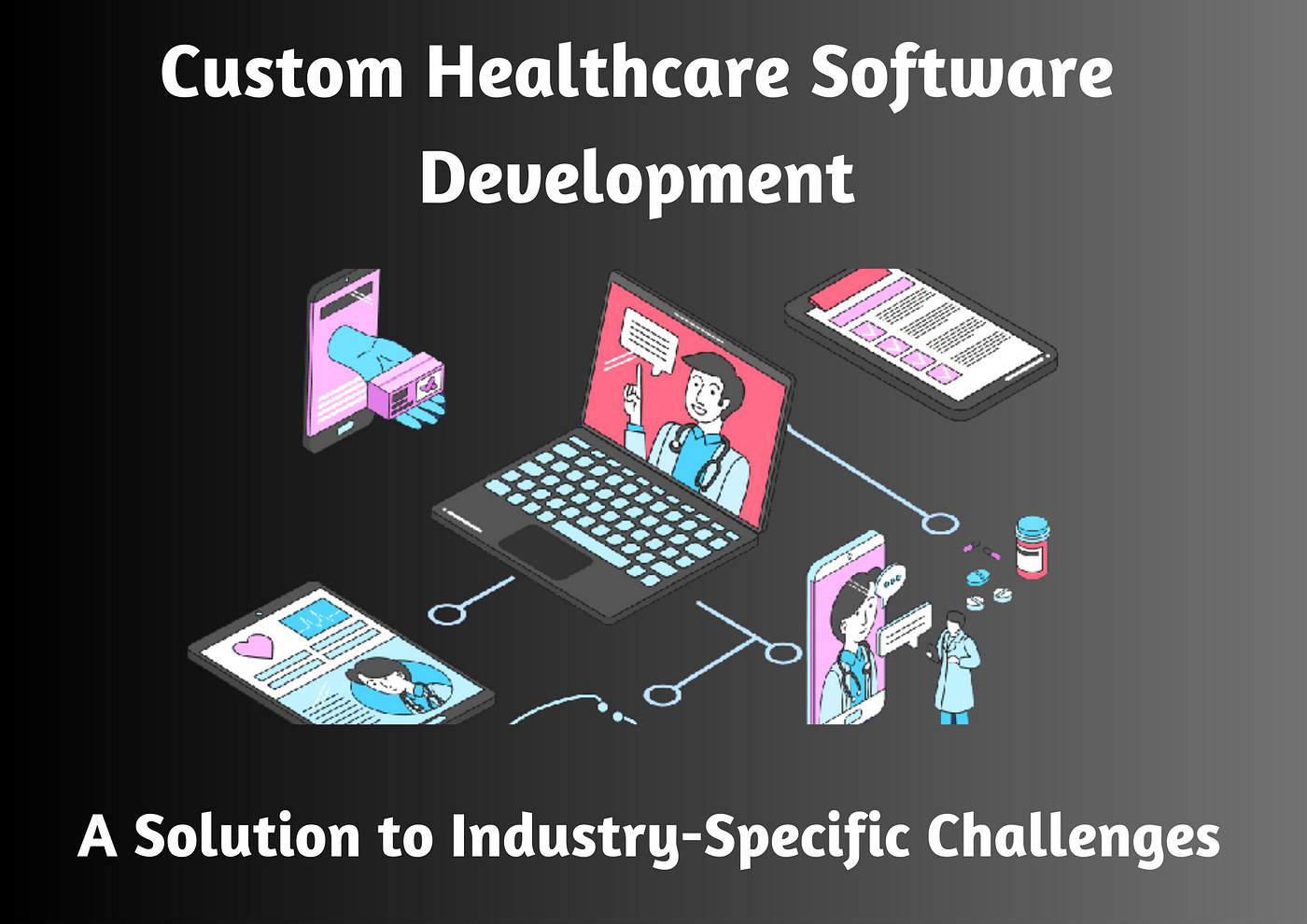How Does Technology Innovation in HCC Coding Benefit Healthcare Payers?

Technology is pivotal in enhancing efficiency and accuracy across various aspects of the industry in this tech-driven era. One area where technology has made significant strides is in Hierarchical Condition Category (HCC codes) coding, which plays a crucial role in healthcare reimbursement and risk adjustment. Healthcare payers, such as insurance companies and government agencies, increasingly recognize the value of technology innovation in HCC codes.
In this blog, we will explore how these advancements benefit healthcare payers and ultimately contribute to improving the quality of healthcare delivery.
Understanding HCC Coding
Before delving into the advantages of technology innovation in HCC coding for healthcare payers, it’s essential to understand what HCC coding is clearly. HCC coding is a system used to assess the health status and predict the healthcare costs of patients, primarily in the context of Medicare Advantage and other risk-based payment models. It assigns diagnostic codes to patients based on their medical conditions and demographic information, which are then used to calculate risk scores. These risk scores determine the healthcare payer’s reimbursement for covering a particular patient.
Enhanced Accuracy and Data Quality
One of the primary benefits of technology innovation in HCC coding is the improvement in accuracy and data quality. Traditional coding methods often relied on manual processes, which could lead to errors and inconsistencies in the data. With the advent of advanced technologies like Natural Language Processing (NLP) and machine learning, healthcare payers can now automate much of the coding process, reducing human error.
These technologies can analyze vast amounts of clinical and administrative data, identifying relevant medical conditions and accurately assigning HCC codes. This enhanced accuracy ensures that patients receive appropriate care and prevents healthcare payers from overpaying or underpaying providers. Ultimately, it leads to a fairer and more equitable reimbursement system.
Real-time Data Processing
Another significant advantage of technological innovation in HCC coding is the real-time processing of data. Traditional coding methods often involved retrospective reviews of patient records, which could delay updating risk scores and reimbursement. In contrast, modern coding solutions can analyze patient data as it becomes available, allowing for immediate adjustments to risk scores.
Real-time data processing is particularly beneficial in value-based care models, where providers are rewarded for efficiently delivering high-quality care. Healthcare payers can use real-time HCC coding to identify gaps in care, track patient progress, and provide timely interventions when necessary. This proactive approach improves patient outcomes and reduces healthcare costs in the long run.
Improved Risk Adjustment
Accurate risk adjustment is essential for healthcare payers to allocate resources effectively and manage their financial risk. Technology innovation in HCC coding significantly enhances the risk adjustment process. Advanced algorithms can consider a broader range of patient data, including social determinants of health, to create more comprehensive risk profiles.
By better understanding a patient’s health status and risk factors, healthcare payers can allocate resources more effectively. This means that patients with more complex medical needs receive appropriate care and support, while healthcare payers can control costs and manage risk more efficiently.
Fraud Detection and Prevention
The healthcare industry has long struggled with fraud and abuse issues, costing healthcare payers billions of dollars annually. Technology innovation in HCC coding can be crucial in fraud detection and prevention. Advanced algorithms can flag inconsistencies and anomalies in coding patterns, alerting payers to potential fraudulent activities.
Machine learning models can learn from historical data to identify patterns indicative of fraud, such as upcoding or excessive billing. By leveraging technology to combat fraud, healthcare payers can protect their financial interests while ensuring that resources are directed towards legitimate patient care.
Streamlined Administrative Processes
In addition to improving coding accuracy and risk adjustment, technology innovation in HCC coding can streamline administrative processes for healthcare payers. Automated coding solutions can reduce the administrative burden on payers by handling tasks such as claim review and documentation verification.
Furthermore, these technologies can facilitate communication and data exchange between payers and providers. This seamless exchange of information ensures that payers have access to the most up-to-date patient data, allowing for more informed decision-making and improved care coordination.
Compliance and Regulatory Benefits
Staying compliant with ever-evolving healthcare regulations and standards is a significant challenge for payers. Technology innovation in HCC coding can help payers navigate this complex landscape more effectively. Advanced coding solutions can incorporate the latest regulatory requirements into their algorithms, ensuring that payers remain compliant.
Additionally, technology can assist payers in automating the auditing process to proactively identify and rectify compliance issues. This reduces the risk of penalties and legal challenges and fosters a culture of transparency and accountability within the healthcare industry.
Wrapping Up
Technology innovation in HCC coding has significantly improved the healthcare industry, benefiting both healthcare payers and patients. Enhanced accuracy, real-time data processing, risk adjustment, fraud detection, streamlined administrative processes, and compliance benefits contribute to a more efficient and equitable healthcare system. Additionally, these advancements have led to a notable enhancement in the calculation of the RAF score, a critical component of risk assessment in healthcare.
As technology advances, healthcare payers must embrace these innovations to remain competitive and provide their beneficiaries with the highest quality of care. By leveraging technology in HCC coding, payers can manage their financial risk effectively, optimize the calculation of the RAF score, and contribute to the overall improvement of healthcare delivery in the United States and beyond.



